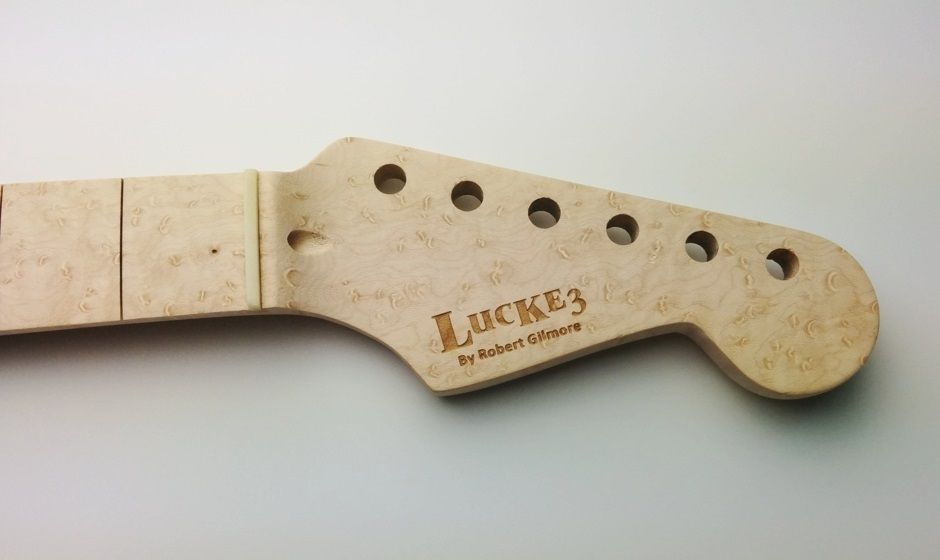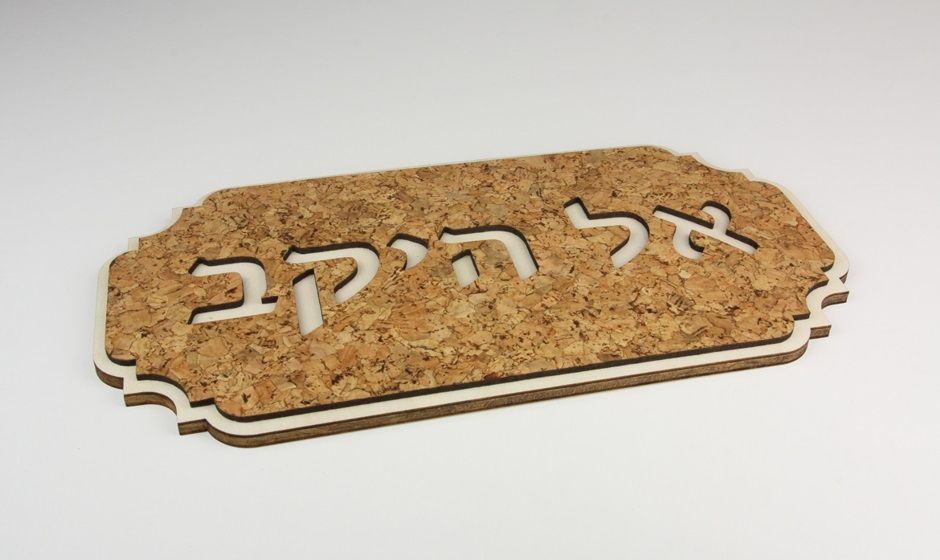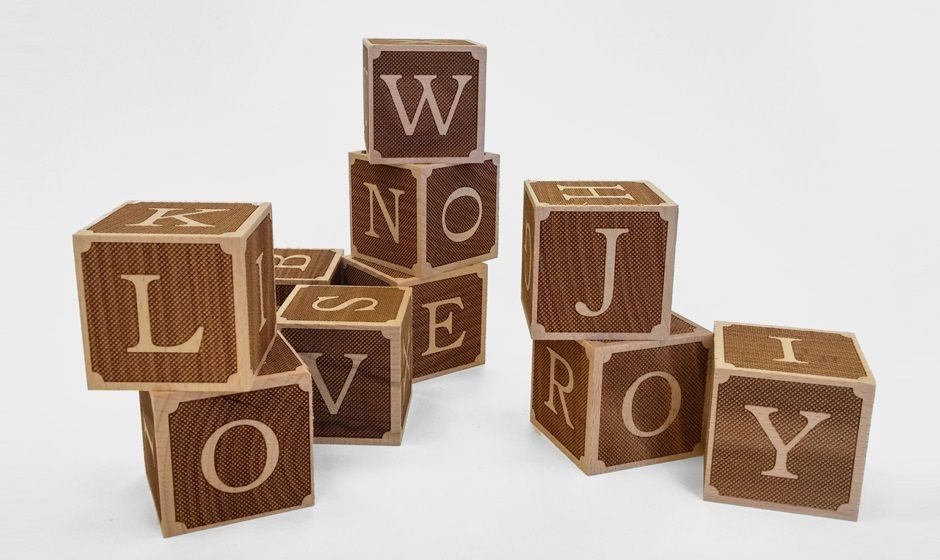Laser cutting applications for industrial design
Many industrial designers today turn more frequently to use the laser cutting technology on their way to developing new products and are deciding to manufacture new products using this technology.
In many cases the importance of the appearance or uniqueness of the product are key factors that encourage the use of this technology. Laser cutting is a new way to help designers express their intentions and introduce innovation in products that they develops quickly and at an attractive price.
The industrial design industry is one of many industries that uses the laser cutting.

custom branding using Laser engraving of a logo on a guitar bridge
Laser cutting technology provides many solutions for the designer both in the development and production stages. Here are some of the benefits:
- File-based processing - Since product processing is carried out according to a computerized drawing file, and there is no need to produce additional tools such as a punch tool. technology can be used to develop a product and to produce small series at low cost. Quick changes can be made between parts and between relatively small production units in a cheap way. Laser cutting technology is actually the equivalent of digital printing process.
- Accuracy - Cutting according to a computerized drawing file and using a thin laser beam enables reaching details and making sharp corners. Since the material does not move during processing, accuracy is maintained and the level of detail obtained is very high.
- Fast Delivery - Using a drawing file allows fast and relatively quick production of the product. In fact, from the moment the design is completed and the file is prepared, there are no additional steps and you can immediately begin production.
- Development means - The ability to produce one model at a cheap price and in a rapid manner makes laser technology a very useful tool in development processes, in which models are needed to analyze the nature of the product.
- Quality of cutting - The quality of cutting varies from material to material. In certain materials such as Acrylic, the product is looks polished at the cutting edges, while additional processing is sometimes required, such as painting or polishing.
- variety of materials - the range of materials that can be cut by laser is wide ranging from plastic, rubber and silicone, wood and plywood, through metals, glass, marble, to fabrics, leather, cardboard and paper.
Here are the common uses of laser cutting in product design: - The interior of the product - laser cutting enables quick design of the product skeleton on which all components of the product will be connected such as electronic boards, electrical wiring, external facades and other means. Laser cutting allows rapid transition from design to model for testing
- Adapting an existing product - Laser technology enables changes in an existing product and adapting to the customer's needs. For example, using a standard package and creating openings according to the customer's needs will be cheaper in most cases than designing a new chassis that includes the desired openings.
- Branding - Following the adaptation of an existing product to the customer's needs, it is possible to brand existing products by burning the artwork with a laser, for example, a product in the field of customer customization, by burning the customer logo on the product.
- Product fronts - Depending on the product's skeleton cutting, laser cutting can also be used in the design of the product's exterior panels.
- Design of Acoustic Ceilings - Cutting of panels in geometric and repetitive graphics (for example, for example) allows the paving of the covering area to accurately reflect a continuous appearance to the ceiling. The computer processing capability also allows you to offer a variable cut according to the drawing file. This way you can divide a large graphic into several parts that each part will be a tile.
- Signage industry - Cutting symbols, letters, logos or any other graphic in different materials enables the creation of 3D signs with high visibility. Examples: signs for hotel rooms, room numbers, signposts, a sign with the surname at the entrance to the house.
- Lighting - Using transparent acrylic combined with laser burning and LED lighting offers special lighting fixtures. The ability to burn the surface with laser allows light to stand out from the painted areas in a controlled and planned manner.

Custom signage - laser cutting of cork and poplar blade

Laser engraving of wooden cubes for the toys industry
